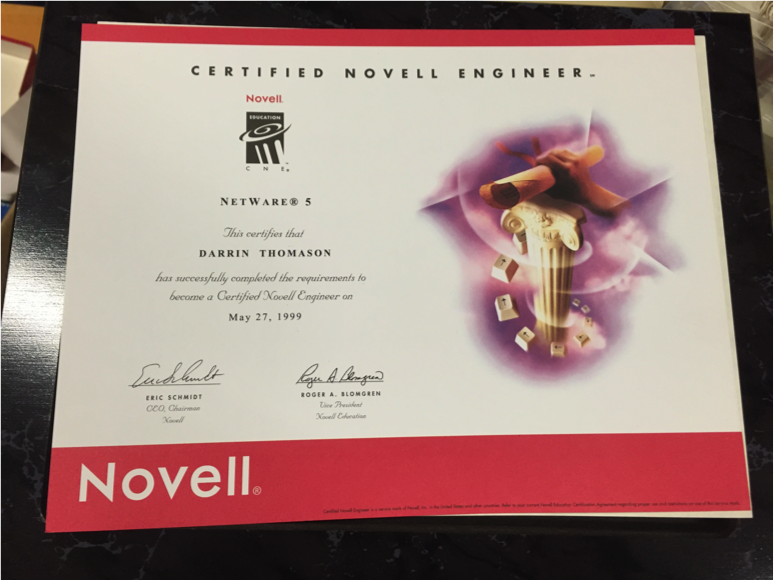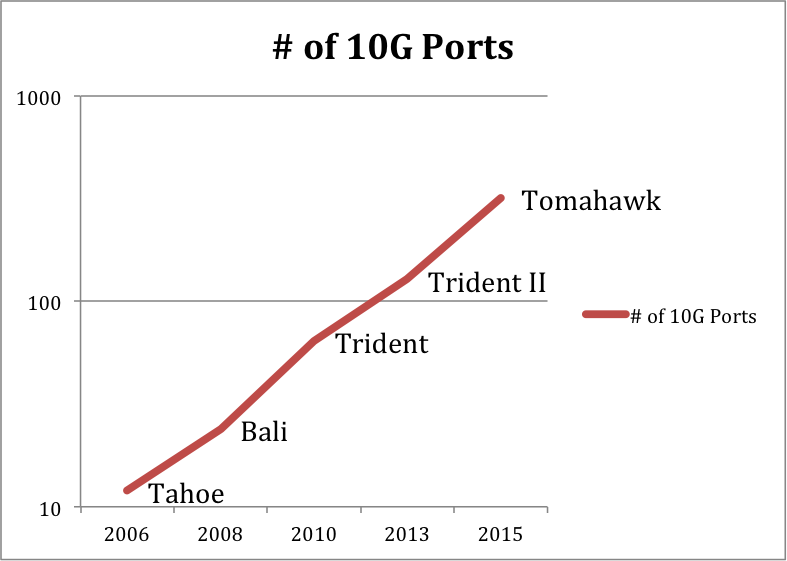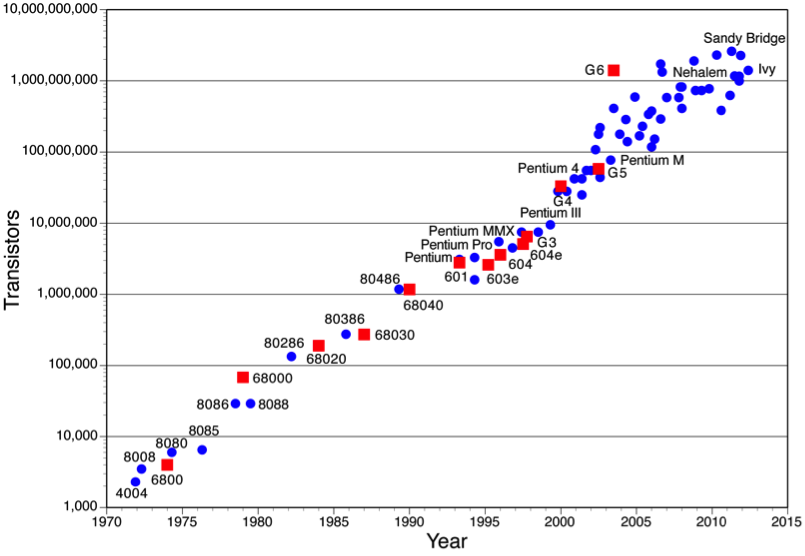I have spent nearly 20 years in networking. In fact as I was cleaning out my store room last night I found a reminder of one of the early certifications…my Novell CNE 5 (I have a 4.11 cert somewhere).

This is where I cut my teeth – building networks large and small. Building servers that at the time were the best in the business (Compaq Proliant). At that time 10-BaseT networking was new and I even did some 100VG-AnyLAN. Early in my career I was known for cleaning up the messes. I used to joke that I was going to buy a fireman suit because I was always putting out the fires. The reason I was always called in to fix the mess, was that I was unwilling to compromise. I was unwilling to do half the job that needed to be done. I was unwilling to walk away with something broken. My parent’s called it stubbornness, I called it character 🙂
Fast forward almost 20 years and a few management jobs later including a stint at a 90 year old company and I found myself asking why? Why was I willing to compromise to get something lesser than what I know was the right answer. Somewhere along the way we let mediocre seep into what we do and then mediocre becomes the norm.
One of the early requirements of my networking career was “no proprietary protocols.” As much as I would like to say this was my idea, it was actually the idea of one of my customers who at the time had the largest private WAN in the world. A WAN that I was fortunate enough to design and build twice in my tenure (over 9 years)…all with no proprietary protocols. We even went so far as to implement RIP on a large scale because we needed something lightweight for dial-backup and EIGRP would have been easier. I have had other customers over the course of time that this requirement was softened and then they built something that only one vendor can provide…and then they are stuck. I was at a different customer this last week and they told me that they had a vendor that convinced them that EIGRP was the best thing…so they listened. Two years later they were basically held hostage in pricing because they had implemented something that only one vendor could do.
So back to my why compromise? The pressures being placed on the network today are bigger than ever before. The people requirements are getting even worse. Forbes estimates that “75% of IT time and activity are spent keeping the lights on.” An Avaya survey reveals 80% percent of companies lose revenue when the network goes down (pretty sure it is closer to 100% today). They also found that 1 in 5 companies fired an IT employee as a result of network downtime. So we are asking people to do more with less. The network being down in the financial area can cost an average of $540,358 per incident…but yet we ask employees to compromise. Would you be willing to choose a mediocre solution if your job depended upon it? Would you want options to hold your vendors accountable to one another? Would you throw a networking company out for poor code or product quality? If you choose a technology that is not 100% interchangeable – you will.

If you look at network silicon pre-2006 – speeds weren’t increasing with Moore’s law? This is because custom silicon (that built by the networking vendors) was focused on features. Feature keep you locked in…speed is fleeting. Fast forward to today and with the inclusion of merchant silicon we can now see the speed increases (chart below):


10G density is on the same trajectory as Moore’s and the gaps in features used are getting less and less. So the silicon is the same, the features are similar, how do you differentiate? The answer in my mind is quality. Quality of the software, quality of the support, quality of the hardware, quality of the company. Don’t get me wrong, some vendors have the ability to get more out of the same chip than others – and you should evaluate that…but if you are 1 in 5 employees that is about to lose your job, shouldn’t you care about quality of what you are building?
If I am building a Data Center today, here are the criteria:
- Highly Redundant and Available with 6x9s uptime (most apps want 5x9s)
- Highly Automated and orchestrated from day 1 with minimal human CLI interaction
- Vendor agnostic – where I can swap any spine group or leaf group out for another vendor without losing functionality
- FAST – I want to upgrade in place when new speeds are available without a new architecture
- Extensible to solve my business problems. As a vendor you build the network, as a consumer I know what I need it to do, so don’t limit me from doing it
- Cost effective – I am willing to pay more for these things, but there should be competition to keep the price competitive
- Simple – I shouldn’t have to retrain my people to make a change
I am sure there are others that you all would include. This is a compilation of what I see in the Cloud providers and the most critical enterprises. However, if you are putting a bullet in the chamber and spinning it roulette style, then as networking professionals we should be unwilling to compromise from building what is the best.
I tweeted out a few months ago that “when politics and PowerPoint win – network engineers lose.” Nothing could be more true! I encourage you to listen to networking vendors, but also encourage you to test it for yourself. It is only then that you can tell the difference between PowerPoint engineering and true quality engineering and thus decide if your are compromising or not.
Have a happy day!